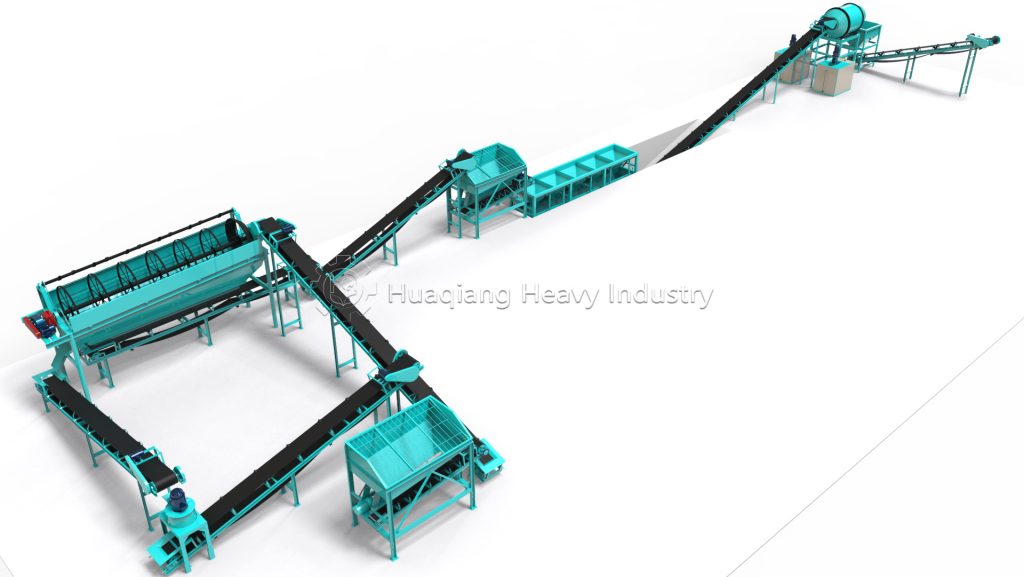For bulk blending fertilizer line operations, precision isn’t just a buzzword; it’s a matter of survival. Unlike an organic fertilizer production line, which relies on biological decomposition, or a complex NPK fertilizer production line that involves chemical granulation, a bulk blending fertilizer line combines pre-formed nitrogen (N), phosphorus (P), and potassium (K) granules into specific formulas. The entire viability of this operation hinges on maintaining exact nutrient ratios, typically within a critical ±1% tolerance.

This precision standard is significantly stricter than what is often required in a standard organic fertilizer line, where nutrient content can be more variable. Failure to meet this rigorous specification in a blending line can result in uneven crop growth for farmers, leading to financial losses and potentially shattering a company’s reputation in the competitive agricultural market.
Therefore, while an organic fertilizer production line focuses on consistent biological processing, the success of a bulk blending fertilizer line is defined by its unwavering mechanical and operational accuracy.
Precision in dosing starts with the equipment. Top-of-the-line lines use computer-controlled weighing systems with load cells accurate to 0.1 kg, ensuring the precise dosing of each nutrient (urea for nitrogen, diammonium phosphate for phosphate, and potassium chloride for potash). A small mistake—say, adding 2% too much potassium—can render a 15-10-20 mix ineffective for tomatoes, which require balanced nutrition. Even worse, uneven mixing (common in inexpensive blenders) can lead to segregation: the lighter urea granules float to the top, while the lower part, heavy with its high potassium content, becomes heavier. This spells disaster for farmland, as some plants absorb too much nitrogen, while others take up too much potassium.
Modular design is another secret weapon. Farmers’ needs change—one season they might want a 20-5-10 ratio for leafy greens, the next a 10-15-20 ratio for root crops. Modular production lines allow you to add hoppers to add new nutrients (such as sulfur or magnesium) or upgrade to a faster mixer without rebuilding the entire system. One factory in Henan replaced its old mixer with a larger modular model in 2024, doubling its production capacity while reducing downtime to less than a week.
Where are these lines thriving? Regions with diverse agricultural production. Coastal Zhejiang, where crops ranging from rice to strawberries are grown, requires rapid recipe adjustments—a need met by bulk mix lines. Similarly, in the mountainous regions of Sichuan, where microclimates require customized mixes, modular lines can adapt more quickly than rigid NPK lines, capturing a niche market. The bulk blending line proves that in fertilizer production, precision and flexibility are not mutually exclusive, but complementary. By defining the ratio within ±1% and enhancing adaptability, you can turn the unique needs of each crop into a competitive advantage.